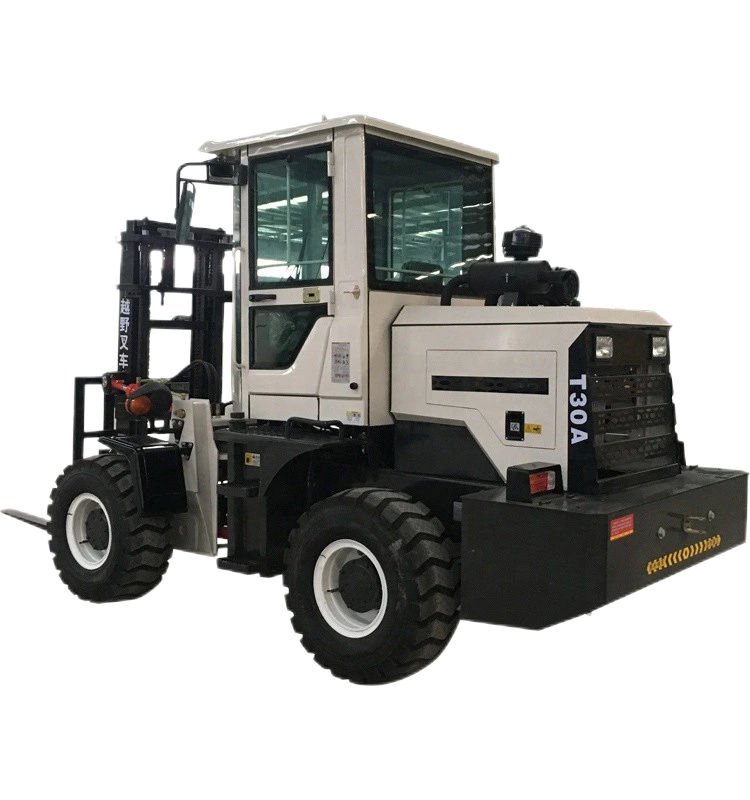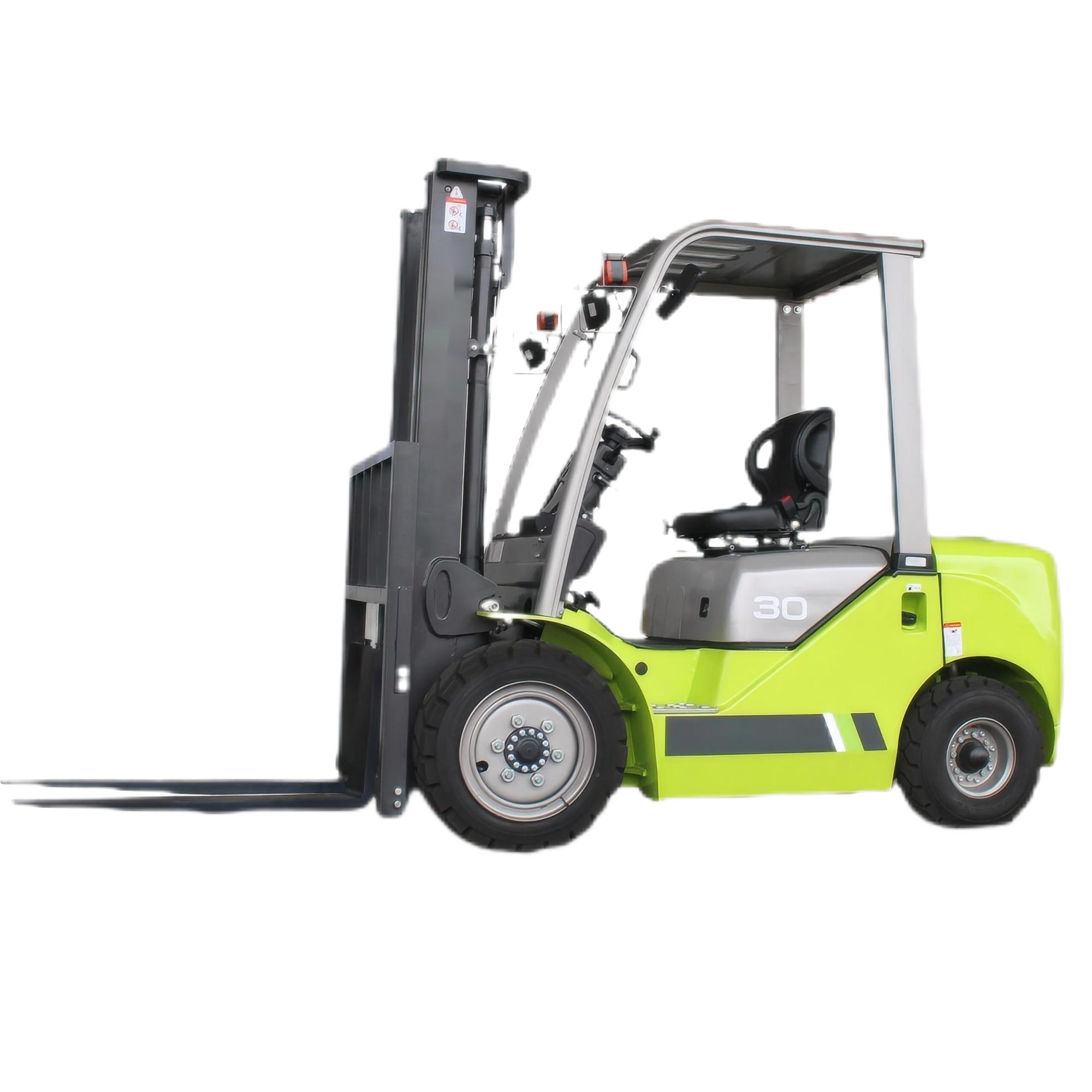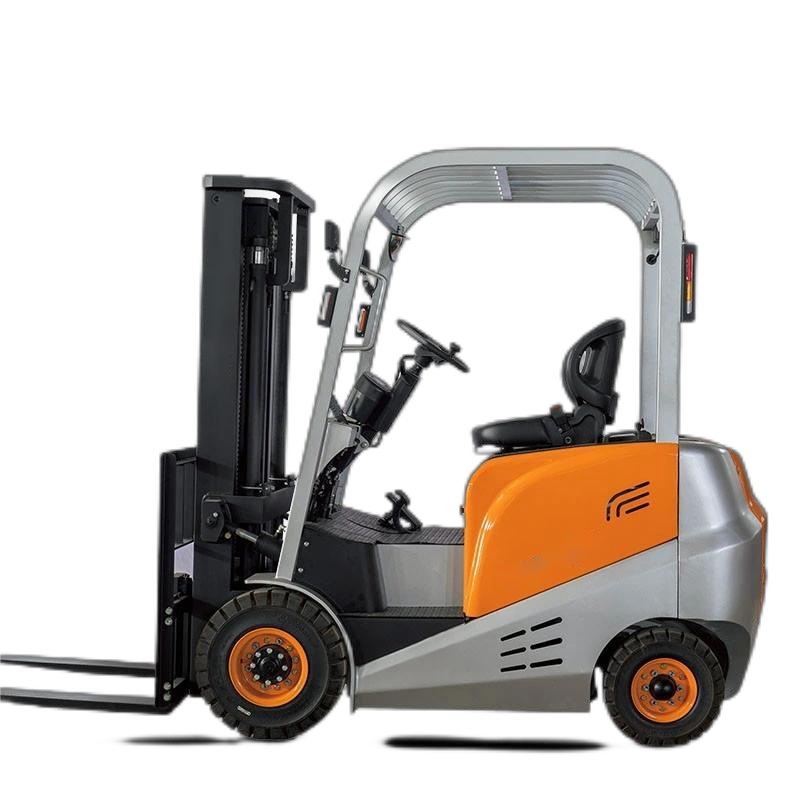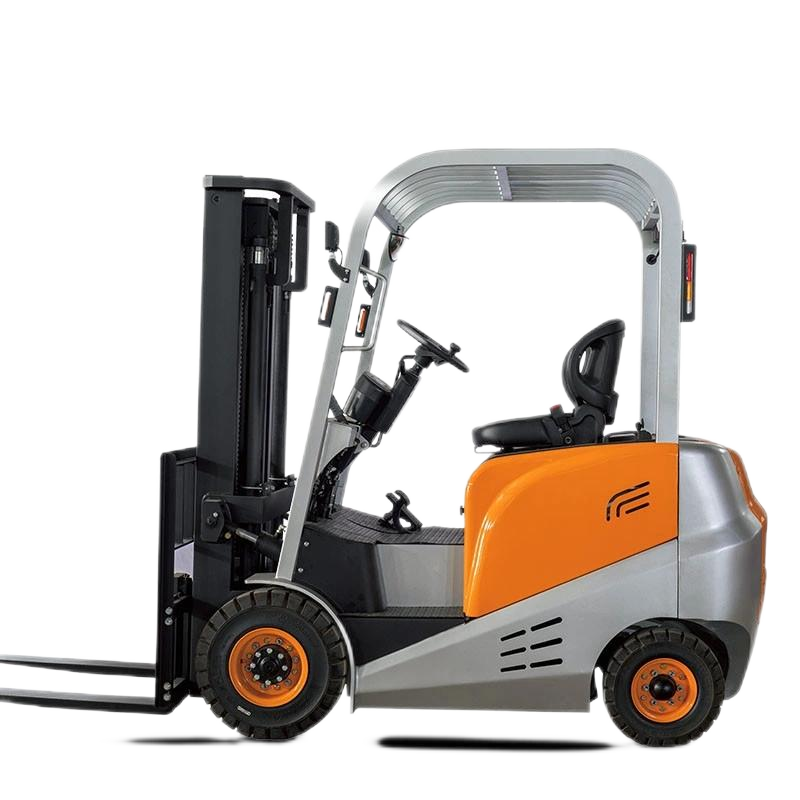Off-road forklifts are widely used in complex environments such as construction, mining, and logistics transportation due to their strong terrain adaptability. However, improper operation is likely to cause safety accidents, threatening the lives of operators and surrounding personnel, and resulting in equipment damage and economic losses. Therefore, it is crucial to strictly follow the safety operation specifications.

Qualifications and Training: Operators must hold a national recognized special equipment operation certificate, and it is strictly prohibited to work without a certificate. Meanwhile, newly recruited or transferred personnel need to receive special safety training for off-road forklifts organized by the company, get familiar with the vehicle's performance, operation methods, and safety precautions, and can operate independently only after passing the assessment.
Physical and Mental State: Ensure that you are in good physical condition before operation, without any diseases that may affect operation (such as heart disease, hypertension, vertigo, etc.). It is strictly prohibited to operate off-road forklifts after drinking alcohol, when fatigued, or after taking medications that may affect mental state. Stay focused and avoid factors such as emotional fluctuations and lack of sleep from affecting operational safety. Appearance Inspection: Carefully check whether the body of the off-road forklift has obvious deformation, cracks, paint peeling, or missing components. Check the tire wear condition, tire pressure, and whether there are foreign objects embedded or damaged on the tire surface to ensure that the tires have good grip and stability. Check whether the forks are deformed or severely worn, and whether components such as chains and pulleys are intact.
Mechanical System Inspection: Check whether the levels of engine oil, coolant, and fuel are within the specified range, whether the oil quality is good, and whether there are any leakage phenomena. Check the hydraulic oil level and quality of the hydraulic system to ensure that the hydraulic pipelines are free of leakage and aging, and that components such as hydraulic valves and cylinders are working properly. Check the brake fluid level and brake pad thickness of the braking system, and test whether the brake pedal travel and braking force meet the requirements to ensure sensitive and reliable braking.
Electrical System Inspection: Check whether the lighting system (including headlights, turn signals, brake lights, reverse lights, etc.) is working properly and whether the horn is loud. Check whether various indicator lights and instrument displays on the dashboard are normal, whether the battery charge is sufficient, whether the battery connections are secure, and whether there is any corrosion.
Operation Device Inspection: Test whether the steering wheel rotates flexibly without jamming; check whether the travel and feedback of the clutch, accelerator, and brake pedals are normal; operate the lifting and tilting control levers to check whether the lifting and tilting movements of the forks are smooth, without abnormal noise or jamming.









